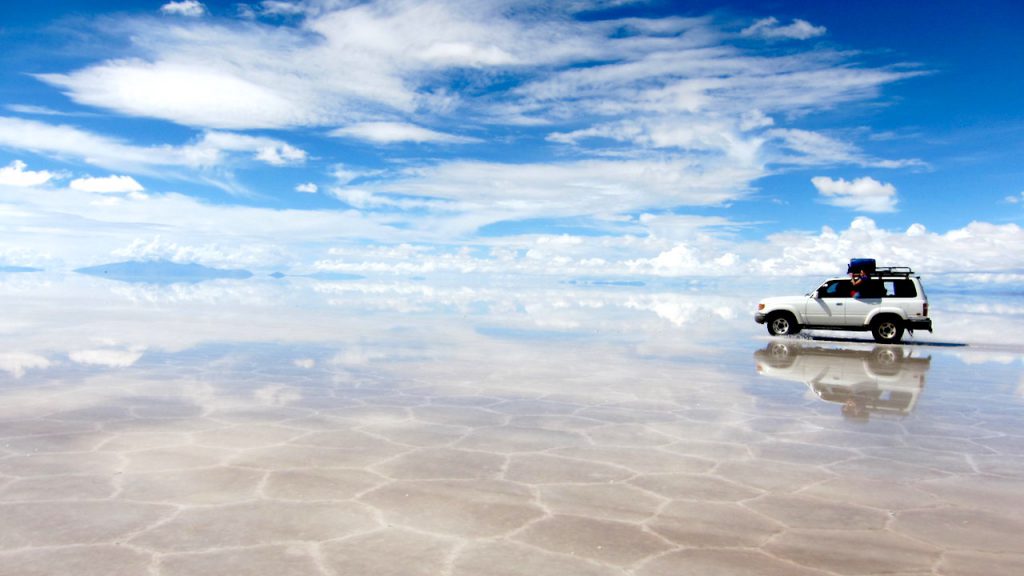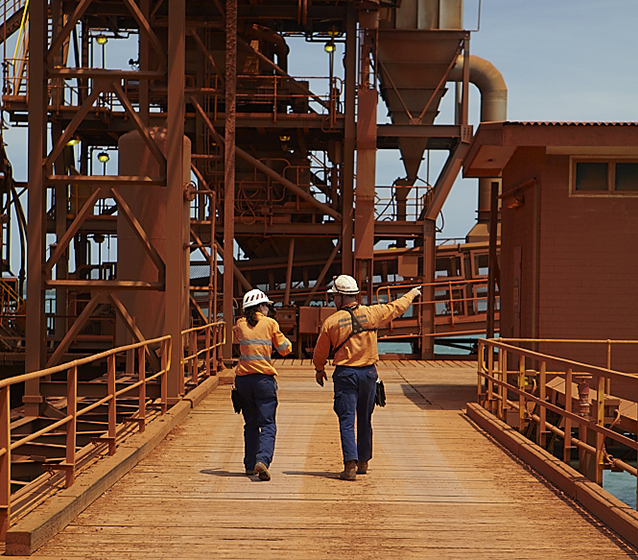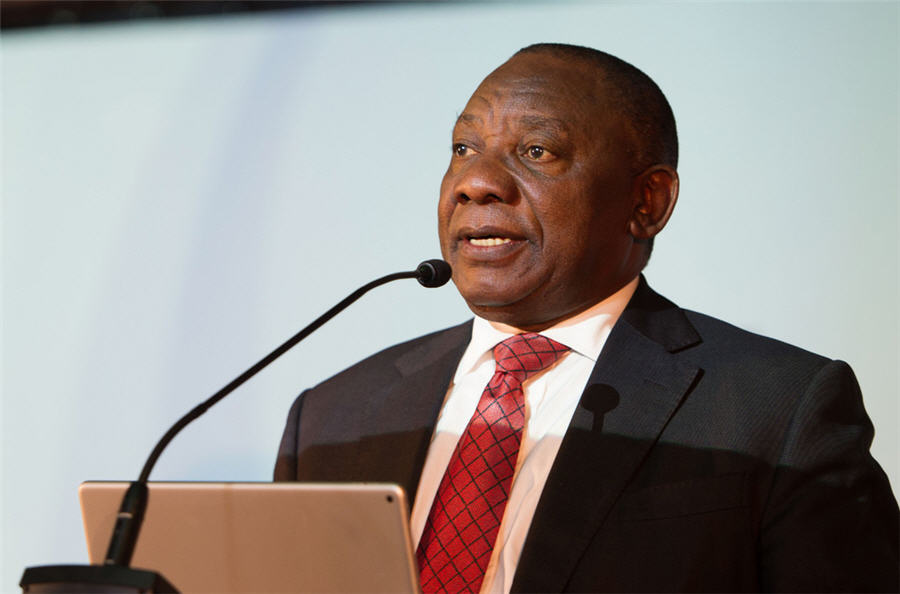Lithium supply crunch Part II – this time it’s for real

(The opinions expressed here are those of the author, Andy Home, a columnist for Reuters.)
The lithium supply crunch has arrived in full force. The price boom of 2016-2017, it’s now clear, was just the dry run. This is the real deal.
Back in November 2017 the spot price for battery-grade lithium carbonate in China peaked at 175,000 yuan per tonne. Fastmarkets currently assesses it at 400,000-430,000 yuan, up 47% on the start of the year and eight times higher than it was at the start of 2021.
/cloudfront-us-east-2.images.arcpublishing.com/reuters/LASLR3N2JBOE7GLA55B3JTRE2E.png)
China’s spot market, where small tonnages can have big price impacts, may be accentuating the scale of the run-up, but it’s no false flag. From mined spodumene to high-purity hydroxide, every component of the lithium processing chain is on a wild price surge.
There is simply not enough of the stuff around to meet demand at the moment.
Scarcity of what is a critical input for electric vehicle (EV) batteries could potentially act as a powerful brake on e-mobility, with profound implications for global efforts to decarbonise.
Boom bust boom
The seeds of today’s lithium boom were sown five years ago, when prices rose to what were then record highs as producers failed to anticipate the demand wave emanating from China’s subsidy-driven roll-out of EVs.
The collective supply response, particularly from hard-rock spodumene producers in Australia, then proved far too strong, leading to the price bust of 2018-2020.
New mines were mothballed, expansion projects were deferred and explorers left to seek their mineral fortunes elsewhere, hollowing out the new project pipeline.
In classic commodity cycle style, this has left producers ill-prepared to meet the current even stronger demand surge. The resulting shortfall of units is fuelling lithium’s white-hot rally.
Demand explosion
A record 25,921 tonnes of lithium carbonate equivalent (LCE) were deployed onto roads in new passenger vehicles globally in December 2021, according to Adamas Intelligence. That was up 68% on December 2020 and a 31% month-on-month jump.
Lithium’s exponential usage curve simply mirrors the equally fast rise in global sales of vehicles using lithium-ion batteries.
Chinese sales of new energy vehicles (NEV) rose by 157.5% to 3.52 million units in 2021, a shining stand-out within a moribund domestic automotive sector.
The launch of cheaper vehicles using a form of battery that doesn’t include nickel or cobalt – lithium iron phosphate (LFP) – is accentuating tightness in the market for carbonate feedstock, manifest in a rare price premium for carbonate over lithium hydroxide.
The EV revolution is now spreading to Europe, where NEV sales grew strongly last year even while petrol and diesel sales contracted.
New registrations of plug-in hybrid vehicles jumped by 71% and pure battery vehicles by 63% in 2021 relative to 2020, according to the European Automobile Manufacturers’ Association (ACEA).
The pace of growth is still accelerating as the European Union channels recovery funds down green transition channels.
Alternatively-powered vehicles accounted for almost half (47.8%) of the EU car market from October to December 2021, with over a million units registered in total, ACEA said.
As Chinese battery-makers are discovering to their cost this year, you can play around with the metallic cathode mix as much as you want, but you’ll still need lithium.
And the current demand call is greater even than that implied by explosive EV sales.
A new industrial sector is taking shape to make the batteries to go in the vehicles. The number of gigafactories – huge assembly plants with output measured in giga, or billions, of watt-hours – is proliferating.
Each needs to build up working stock before the first power is switched on, translating into a huge but largely hidden call on lithium.
Deficit today, deficit tomorrow?
The price explosion tells you that supply is simply not there to feed this demand surge.
Fastmarkets analyst Will Adams pegs the likely shortfall this year at around 60,000 tonnes of lithium carbonate equivalent (LCE), stressing that’s based on apparent demand, which allows for stock building.
Specialist consultancy Benchmark Mineral Intelligence (BMI) thinks it will be smaller at 26,000 tonnes, while Citi is somewhere in the middle with a forecast 36,000-tonne gap (“Lithium outlook,” Feb. 9, 2022).
New mines and restarts of idled capacity will generate a supply response as the year progresses, with Fastmarkets anticipating robust production growth of 28% this year and another 27% in 2023.
The timeline however is far from certain, given the potential for mine ramp-up teething issues and lingering Covid-19 effects, particularly in Australia.
And will it be enough anyway?
BMI isn’t convinced, penciling in consecutive years of the shortfall, with the cumulative deficit mushrooming to 300,000 tonnes LCE by 2030. (“Where will new lithium supply come from in 2022?” Feb. 4, 2022)
E-mobility brake
The way this commodity story normally plays out is for the price to rise to a sufficiently high level to destroy short-term demand and incentivize medium-term supply.
Such scarcity pricing is already evident in other parts of the metals world, with tin punching out fresh historic price highs against a backdrop of strong demand, persistent supply shortfall and low stocks.
Could lithium be heading the same way?
The pricing pressures are already building on the EV sector, with the recent slide in battery pack prices coming to a halt as raw material costs trump years of technical improvements.
China’s largest electric car-maker BYD said last month it was raising the cost of some brands by 1,000-7,000 yuan ($158-1,104) due to rising metal input costs.
The problem for battery-makers is that it’s not just lithium prices that have been rallying hard. So have those of cobalt and nickel, two other key metallic ingredients in the battery mix.
Metals risk becoming a significant drag on car-makers’ collective capacity to ramp up EV production to meet carbon emissions targets. “The industrialization of mines and refinery capacities may not progress as quickly as demand increases,” conceded Mercedes-Benz Chief Executive Ola Kaellenius in an interview with Germany newspaper Die Zeit.
That wouldn’t stop the e-mobility transition, but it could potentially delay it, Kaellenius said.
In other words, if the world’s lithium producers can’t catch up with rampant battery demand, then the green revolution is going to have to slow down.
($1 = 6.3463 Chinese yuan renminbi)
(Editing by Jan Harvey)
{{ commodity.name }}
{{ post.title }}
{{ post.date }}



3 Comments
OC
“BMI isn’t convinced, penciling in consecutive years of the shortfall, with the cumulative deficit mushrooming to 300,000 tonnes LCE by 2030.”
I really don’t understand how a thinking adult could put out rubbish analysis like this.
Self-evidently there isn’t 300,000 tonnes of LCE of stocks in existence (otherwise the price wouldn’t be up 10 times from November 2020). You thus can’t physically have a 300,000 tonne shortfall of supply by 2030 if there isn’t stocks to draw down to meet the demand.
You just end up destroying demand by creating a monstrous price spike.
OC
The surging price of lithium will translate to material increases in battery costs (the current spot price equals well over US$50 / kwh of battery capacity at 0.85kg of LCE per kwh).
Suddenly all of those investors criticising Toyota and BYD for producing PHEVs rather than only EVs are going to realise that investment in IP was a very smart decision.
Pure BEV start-ups are going to be in an absolute world of pain. EVERY input (steel, aluminium, copper, plastic, rubber, lithium) has gone up massively since they set pricing and took deposits. Their margins will be obliterated. And unlike a Toyota or BYD they can’t shift supply to PHEVs to produce more vehicles whilst reducing consumption of the most critically undersupplied element, lithium.
William Tahil
I wrote “The Trouble with Lithium” in 2007-08 becasue it was abundantly clear then that there could not possibly be sufficient lithium to enable mass electrification of cars, let alone HGVs – never mind absolutely impossible electrification of planes and shipping as well. But the bandwagon rolled on. Fortunately work has been going on into Sodium Ion batteries and now CATL are moving into that and India recently bought Faradion to go down that route. So lithium is not needed – Sodium Ion may not be as good as Lithium but is adequate, certainly faced with the alternative of a ruined planet. Perfectly viable alternatives to Lithium Ion such as Sodium Ion, MgIon, the Zebra battery, ZInc Air – even rechargeable solid state versions of the common “alkalnei” battery (ZnMnO2) show that we do not need lithium, which is fortunate because there isn’t enough of it anyway, no matter how many mines they open.